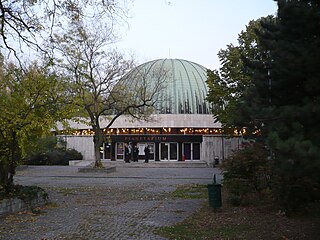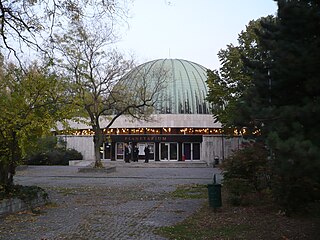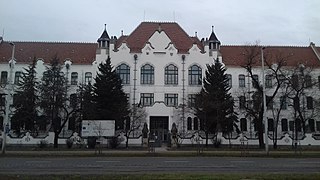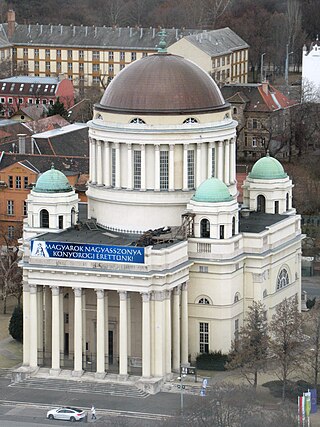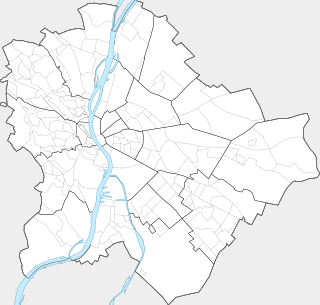Self-guided Sightseeing Tour #8 in Budapest, Hungary
Legend
Guided Free Walking Tours
Book free guided walking tours in Budapest.
Guided Sightseeing Tours
Book guided sightseeing tours and activities in Budapest.
Tour Facts
1.3 km
9 m
Experience Budapest in Hungary in a whole new way with our free self-guided sightseeing tour. This site not only offers you practical information and insider tips, but also a rich variety of activities and sights you shouldn't miss. Whether you love art and culture, want to explore historical sites or simply want to experience the vibrant atmosphere of a lively city - you'll find everything you need for your personal adventure here.
Activities in BudapestIndividual Sights in BudapestSight 1: TIT Budapesti Planetárium
The KIC Budapest Planetarium is a planetarium in Népliget, operated by the Society for the Dissemination of Scientific Information (KIC). The purpose of the planetarium was to disseminate scientific information and create a bridge between astronomy and the general public. Until 2010, the Laser Theatre, known for its laser show performances, operated in the building of the Planetarium.
Sight 2: Föld
Népliget or People's Park is the biggest public park in Budapest, Hungary. It is located southeast of the city centre, and covers an area of 110 hectares. It was established to commemorate the 100th anniversary of the union of Pest, Buda and Óbuda. The park is the site of the Planetarium, which is a laser theatre, and the E-klub, the biggest night club in Budapest.
Sight 3: Országos Pedagógiai Könyvtár és Múzeum
National Pedagogical Library and Museum is a museum founded in Budapest in 1877. Its current seat is the Fairy Palace located at 40 Könyves Kálmán krt. in Budapest.
Wikipedia: Országos Pedagógiai Könyvtár és Múzeum (HU), Website, Facebook
Sight 4: Magyarok Nagyasszonya-templom
The parish church of Our Lady of Hungarians in the official colony is a 20th-century church built in classicist empire style, which is located in Budapest, in district VIII, on the Great Lady of Hungarians Square in the officials' colony.
Wikipedia: Magyarok Nagyasszonya-templom (Tisztviselőtelep) (HU), Url Miserend, Website
Sight 5: Emlékezet temploma
The Reformed Church on Nagyvárad Square, also known as the Church of Remembrance, is the church of the Reformed Church on Nagyvárad Square in Budapest, district VIII of the capital. Contrary to its name, the Calvinist church built between 1930 and 1935 is not located on Nagyvárad Square, but on Üllői Road, on the edge of the Officials' Colony, a few hundred meters outwards from Nagyvárad Square.
Share
How likely are you to recommend us?
Disclaimer Please be aware of your surroundings and do not enter private property. We are not liable for any damages that occur during the tours.
GPX-Download For navigation apps and GPS devices you can download the tour as a GPX file.
